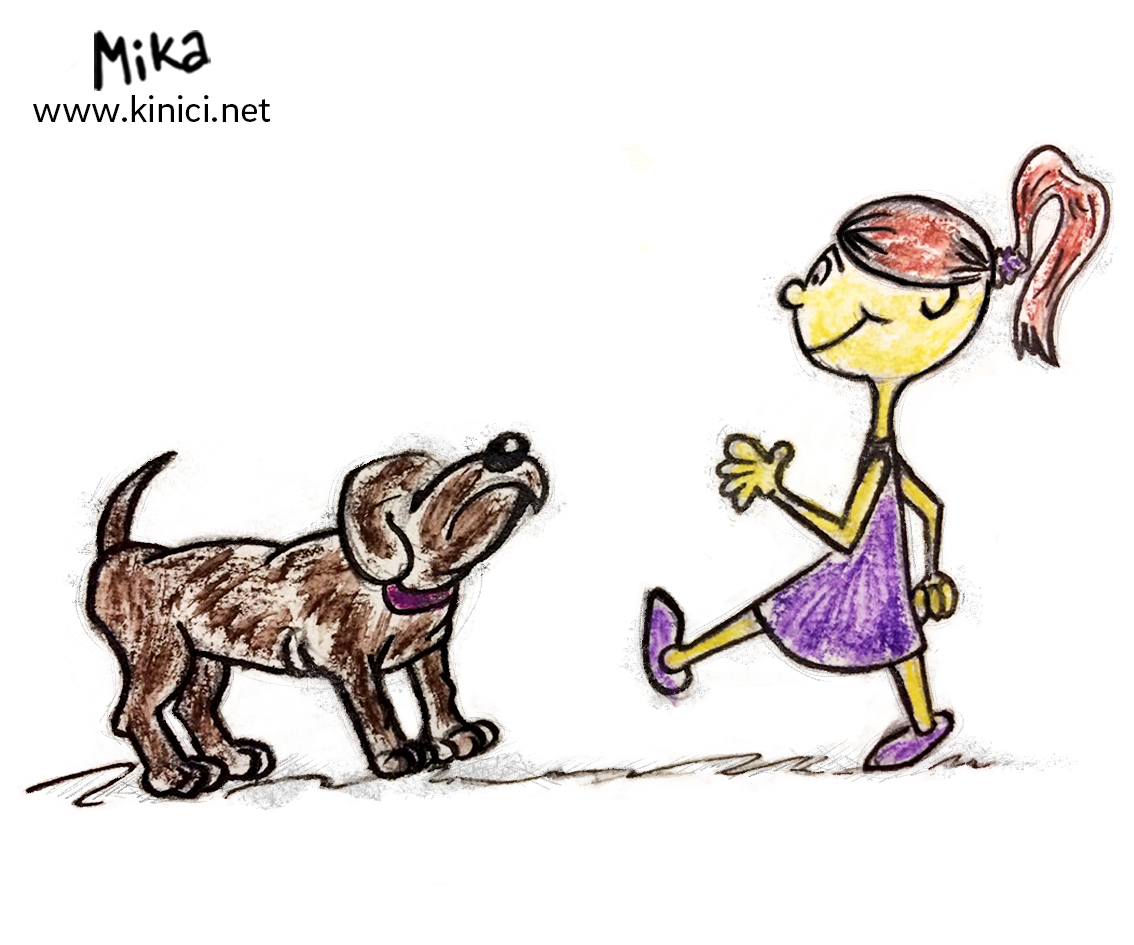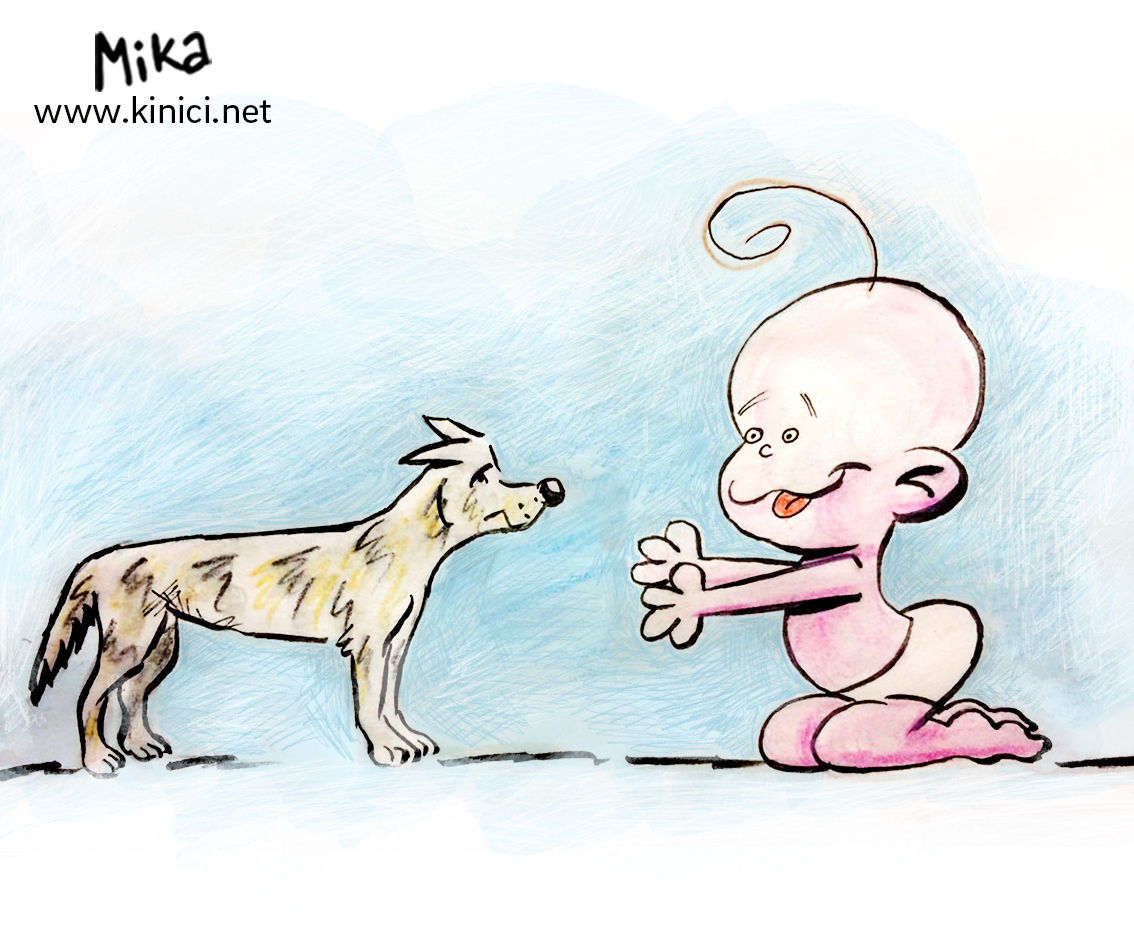 Dogs teach children responsibility, unconditional love and to live in tune with nature. By caring for dogs, children develop empathy. It is important to teach them how to act with them; not to be scared of them, but also to not approach them in ways that dogs do not like – the ways that are not in dogs' nature.
Dogs teach children responsibility, unconditional love and to live in tune with nature. By caring for dogs, children develop empathy. It is important to teach them how to act with them; not to be scared of them, but also to not approach them in ways that dogs do not like – the ways that are not in dogs' nature.
More than a half serious dog bites and fatal cases in USA happens to children between the age of five to nine, where babies are the most at risk.
Dogs are often confused with children's behaviour because they sense that there is no aggression present, but from a dog perspective, the signals that children send are not in tune with what children feel.
Behaviour of children can easily induce discomfort, insecurity, fear, aggression to a dog. They usually approach them fast and directly. Dogs can interpret such approach, or of any unknown creature, as a threat since natural, unaggressive way of meeting for a dog is with calmer pace and not straight on face to face. Children often approach dogs smiling with open mouth. In dog universe, baring teeth usually means threat or aggression. Children often look unfamiliar dog directly in the eyes. Direct eye-contact in dog world is usually a sign of domination, so this signal is also threatening. Children will often run towards a dog or chase it – which dog can read as a beginning of an attack. Besides, with desire to approach them as soon as possible, they are prone to lift arms high in the air and point them toward the dog, which dogs can interpret as taking an upright position in order to appear bigger and more dominant. With all that, in wish to pet a dog, they almost always reach with open hand and fingers. To dogs it can look as open mouth with long teeth.
Children make mistakes out of the best intentions. Not only when approaching and meeting a dog, but also, after the initial contact. They like to harass them, poke them, tease them, and very often pull their tails and ears, chase after them, both when they are eager to play and not. High pitched sounds of children, screaming, and still unarticulated movements can also upset a dog.
 Both dogs and babies that are in the same surroundings should get attention. babies can confuse a dog that never saw them before: they are much smaller than humans, have different shape, different smell, speech or sounds they make are different from grown human, as well as movements which is why a dog should never be around a child that is learning how to walk and are full of energy. When a dog meets a baby, the role of parents is crucial. You can guide a child, show it, teach it how to treat a dog. But you cannot expect the same from a baby. If a dog gets excited or nervous while it sniffs the baby, stop the meeting of the two in calm way, without panic and sudden moves – since this could raise the level of excitement with the dog.
Both dogs and babies that are in the same surroundings should get attention. babies can confuse a dog that never saw them before: they are much smaller than humans, have different shape, different smell, speech or sounds they make are different from grown human, as well as movements which is why a dog should never be around a child that is learning how to walk and are full of energy. When a dog meets a baby, the role of parents is crucial. You can guide a child, show it, teach it how to treat a dog. But you cannot expect the same from a baby. If a dog gets excited or nervous while it sniffs the baby, stop the meeting of the two in calm way, without panic and sudden moves – since this could raise the level of excitement with the dog.
Children should be taught how to recognize basic dog feelings: aggression, fear, anxiety... What dog likes and what not. Teach them not to approach unfamiliar dogs without permission. Teach them the proper way to meet a dog, or what is improper way to meet a dog. And what never to do.
